Batch size and batch normalization
Introduction to Deep Learning with Keras

Miguel Esteban
Data Scientist & Founder
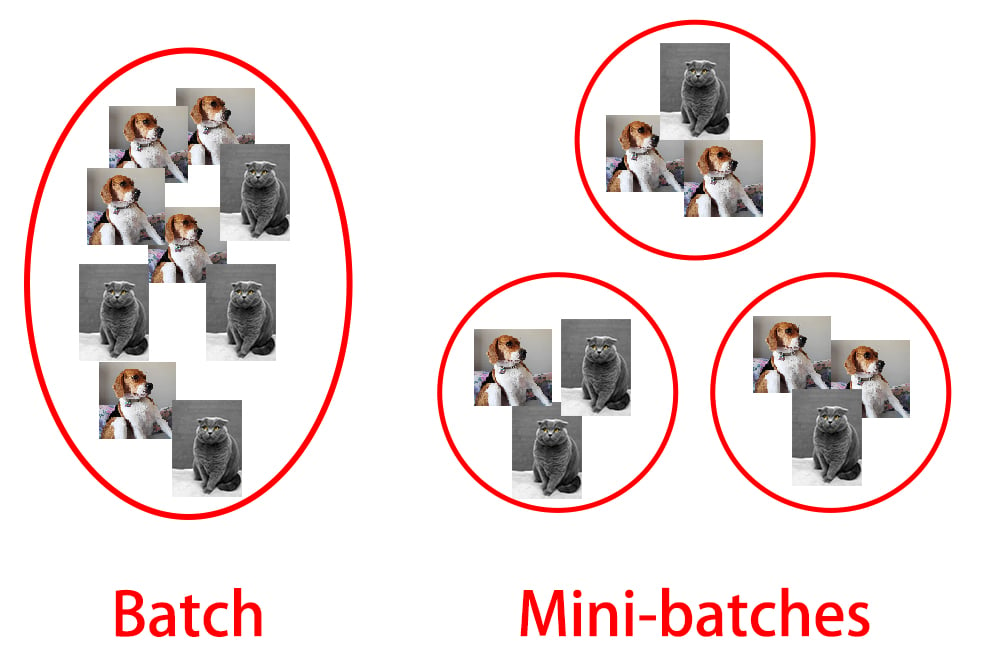
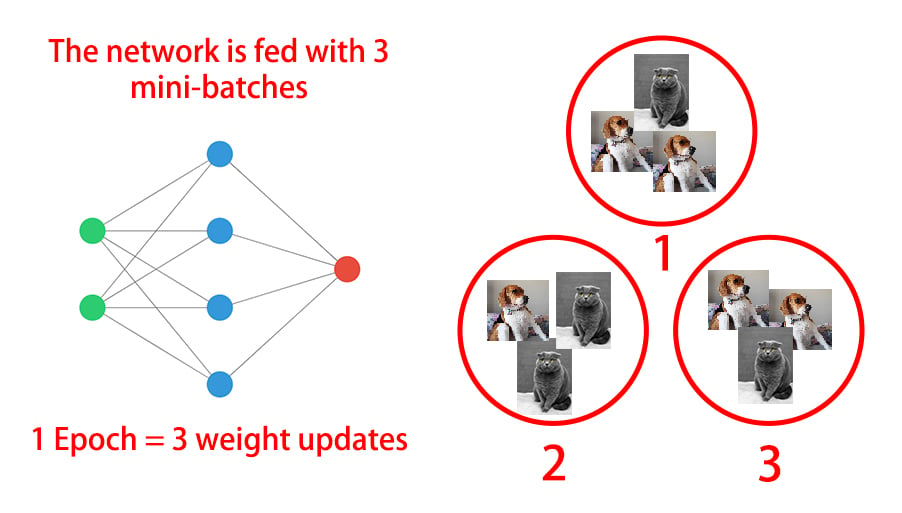
Mini-batches
Advantages
- Networks train faster (more weight updates in same amount of time)
- Less RAM memory required, can train on huge datasets
- Noise can help networks reach a lower error, escaping local minima
Disadvantages
- More iterations need to be run
- Need to be adjusted, we need to find a good batch size
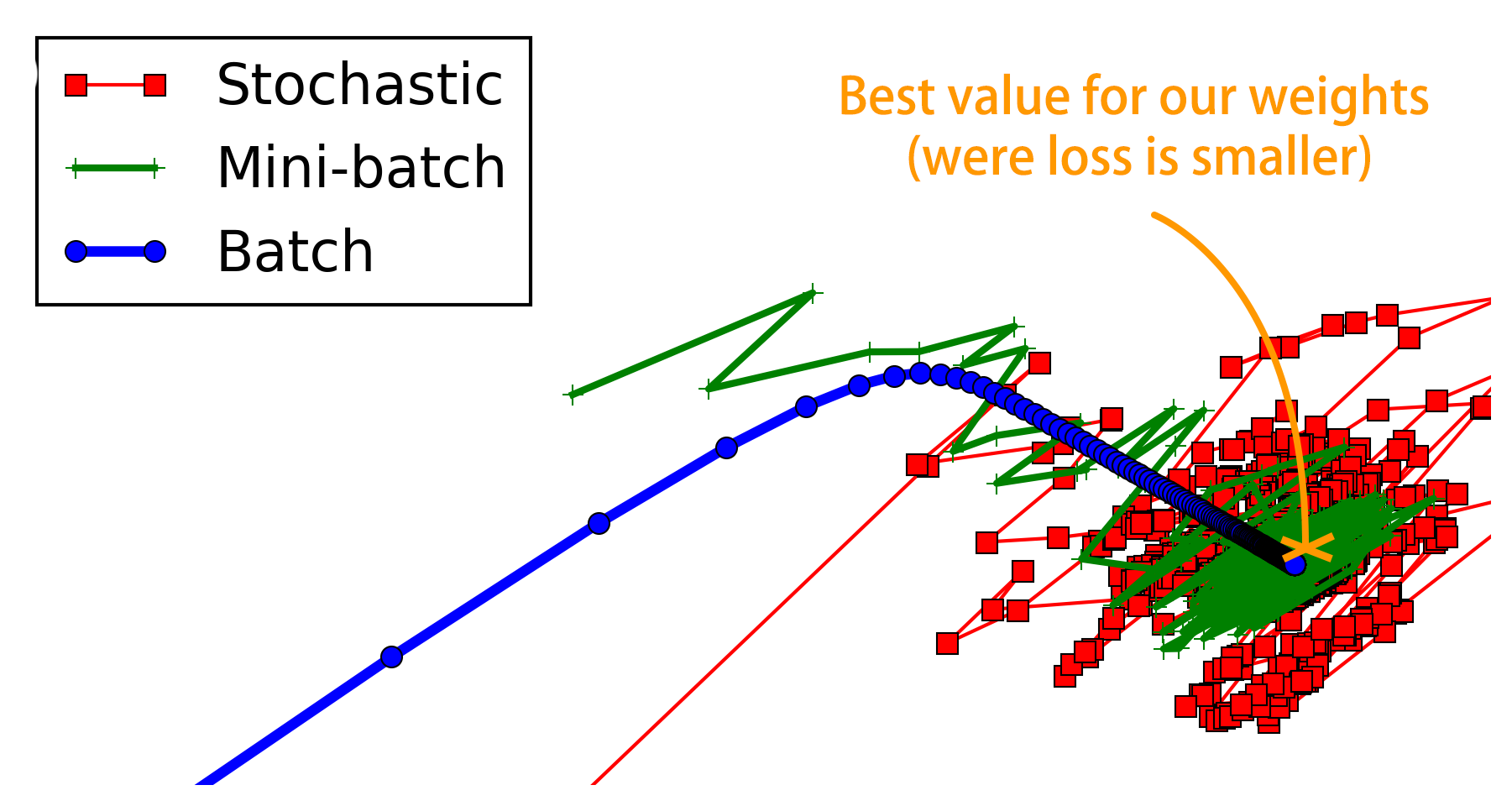
1 Stack Exchange
Batch size in Keras
# Fitting an already built and compiled model
model.fit(X_train, y_train, epochs=100, batch_size=128)
^^^^^^^^^^^^^^
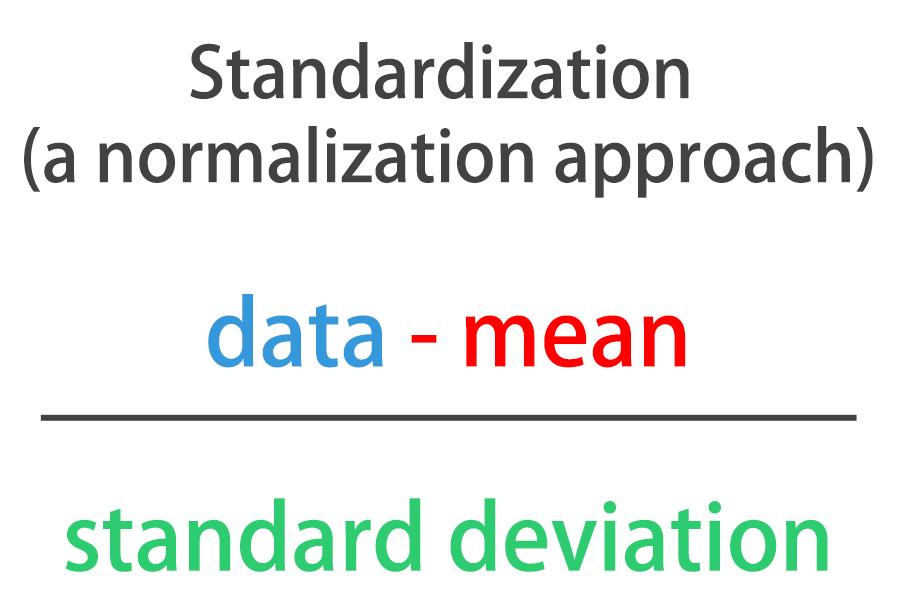
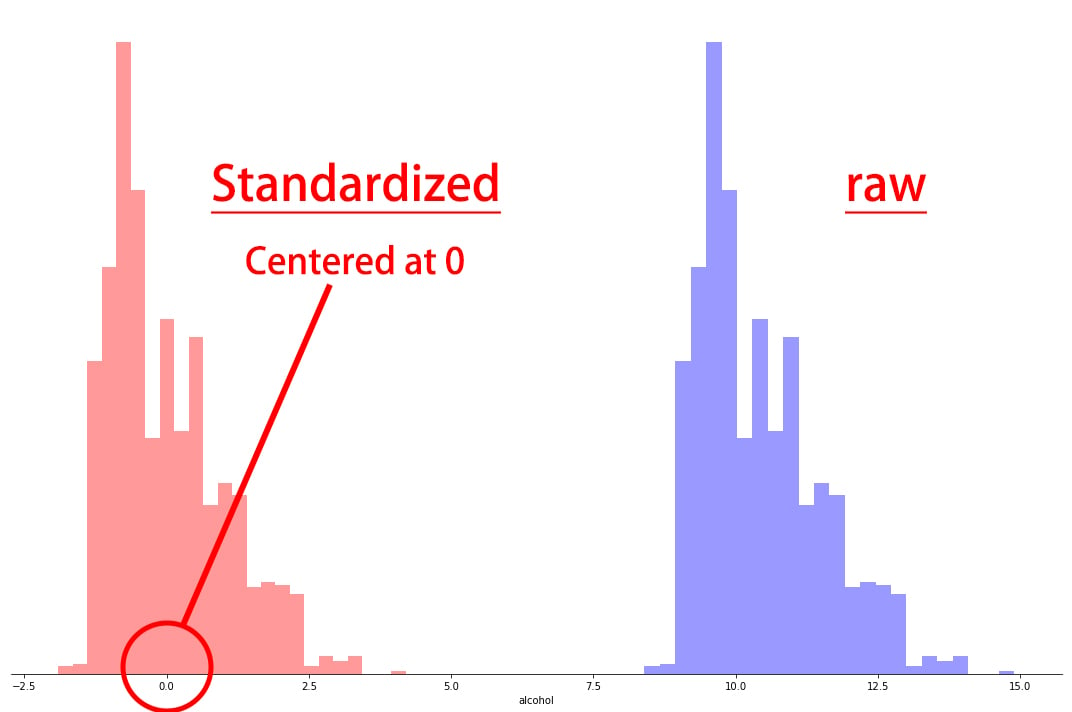
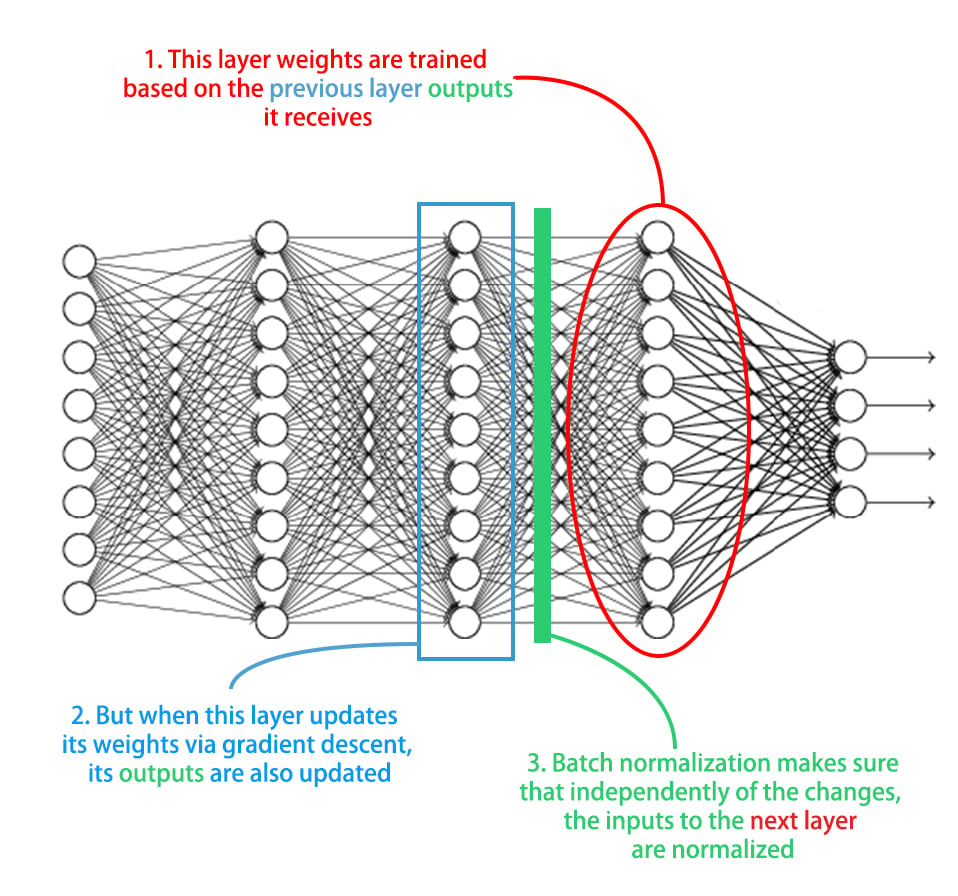
Batch normalization advantages
- Improves gradient flow
- Allows higher learning rates
- Reduces dependence on weight initializations
- Acts as an unintended form of regularization
- Limits internal covariate shift
Batch normalization in Keras
# Import BatchNormalization from keras layers from tensorflow.keras.layers import BatchNormalization# Instantiate a Sequential model model = Sequential()# Add an input layer model.add(Dense(3, input_shape=(2,), activation = 'relu'))# Add batch normalization for the outputs of the layer above model.add(BatchNormalization())# Add an output layer model.add(Dense(1, activation='sigmoid'))
Let's practice!
Introduction to Deep Learning with Keras

